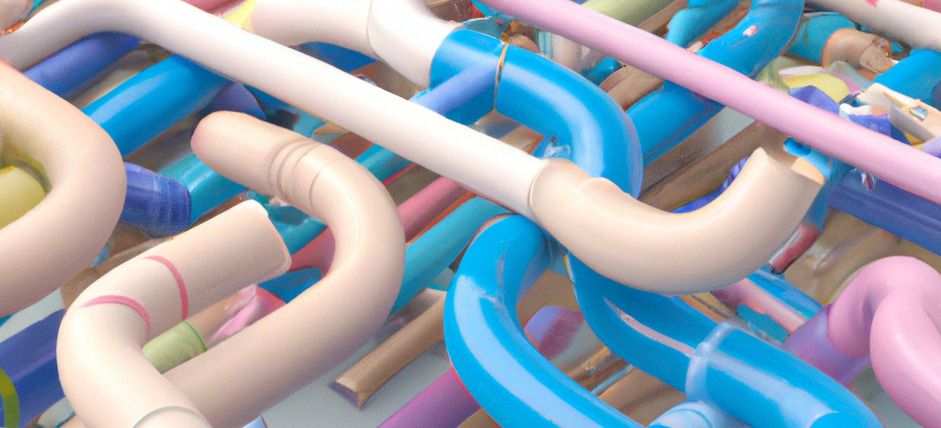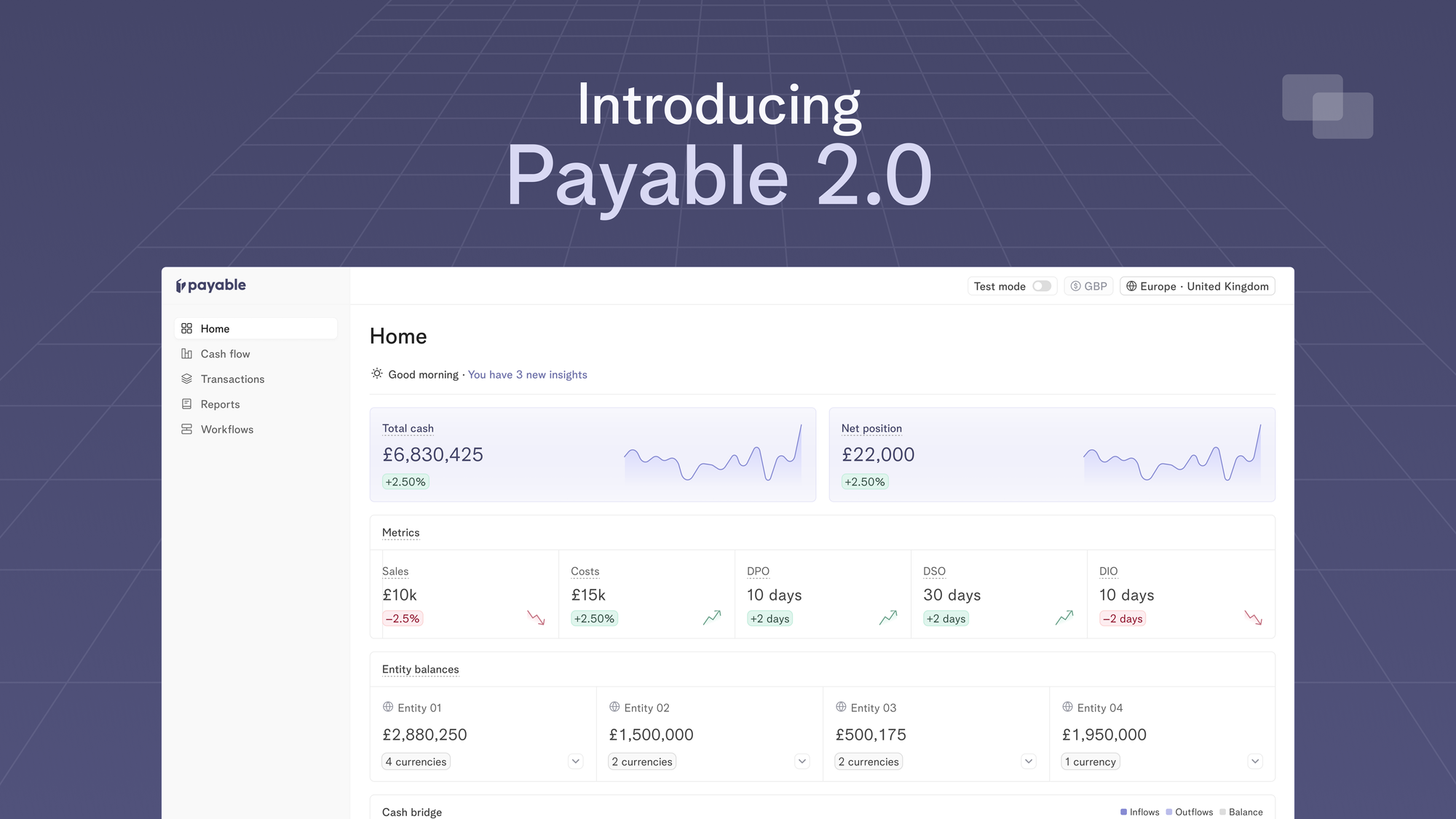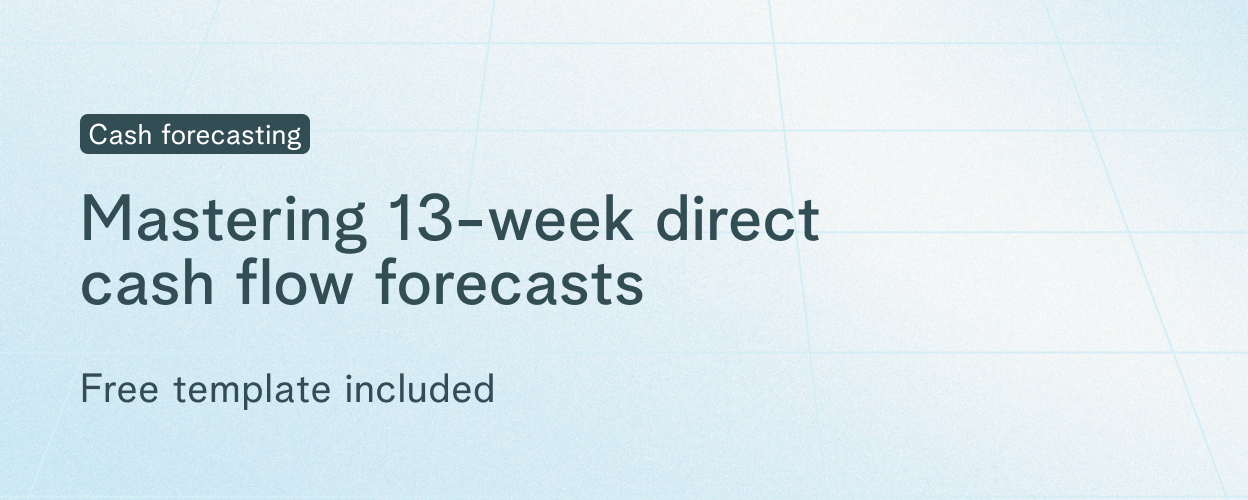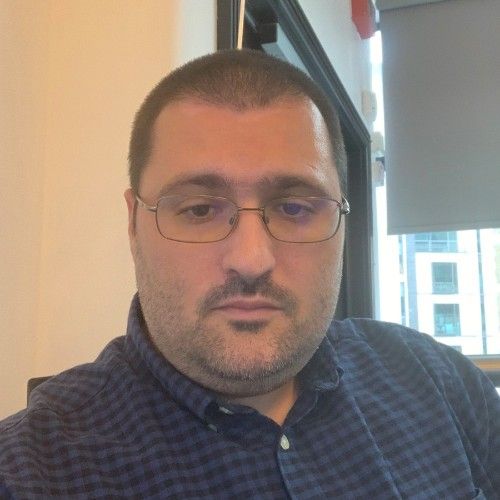
Hey! I am Raz, and this post is a part of a series of posts to share my experience and journey with other engineers considering either joining an early-stage start-up or aspiring to reach the role of a CTO.
Over the last couple of years, I worked for a great company in a well-paid job with fantastic career progression, from hands-on responsibilities to management. I never thought I would seek something else, especially taking such a massive risk later in my career.
After so many years in the industry, I wanted to do something more and push myself to the limits. Returning to my core roots by starting anew and building everything from the ground up, applying everything I have learned up to this point. The only question that made me think twice was, Can I still do this? Do I still have it in me? The answer was always, "Yes, anything is possible as long as you want it."
At the beginning of 2022, this opportunity became real. I left my job and career for my dream and joined my Product Manager in an early-stage start-up as a CTO and founder. There were many reasons to take the leap; it was a chance to work closely with people I admire and love and help establish a new market, building everything from scratch in engineering whilst applying best practices.
On the first day of this journey, I was thinking about where to start. Having a strategic vision was essential for taking the right decisions. Surprisingly that was not how to deliver the first product to our customers but more about the infrastructure and networking details of where that potential first product would be deployed and how it would be accessed; security, tools and choosing the right technology. Putting in place the proper foundation whilst the product team figured out what we should build to benefit customers.
Engineering is essential to product success, and there are some fundamental steps that I always follow. Building a product for me is the same as building a house. You start from a robust and scalable foundation represented by your infrastructure, networking, technology, engineering practices and principles. Then you put the walls represented by all the mechanisms and patterns that enable rapid development. Once you have all those prerequisites in place, you can start looking at the floors, ceiling and roof, which are the essential features of your product, not necessarily in a production-ready state, but the core functionality is there. Finally, the pipes, wiring, doors, windows, painting and fittings - your product is now ready to be used and loved by customers. Crucially you must do all this whilst constantly questioning when it is just enough for an MVP.
So now the foundations are in place, and the fittings are going in. There will be a few home improvement projects over the years; whether extensions or an interior design overhaul. At which point I'll have confidence that the structure of our platform is sound.
This is the first in a series of posts about my experience starting early in a start-up, so stay tuned!

Announcements
Introducing Payable 2.0 - one platform to optimise working capital, make fast liquidity decisions and move your cash metrics in real-time
13 Apr 2024
Today, we’re excited to launch Payable 2.0 which is our evolution to a more connected, intelligent and automated platform for finance teams to track their cash flows in real-time.

Cash Management
Mastering 13-week direct cash flow forecasts
26 Mar 2024
Knowing how your cash flow will behave in the future is crucial for the success and sustainability of any company. One way to achieve this is through the use of a 13-week direct cash flow forecast, which provides a detailed projection of a company's inflows and outflows over a specific time period.
